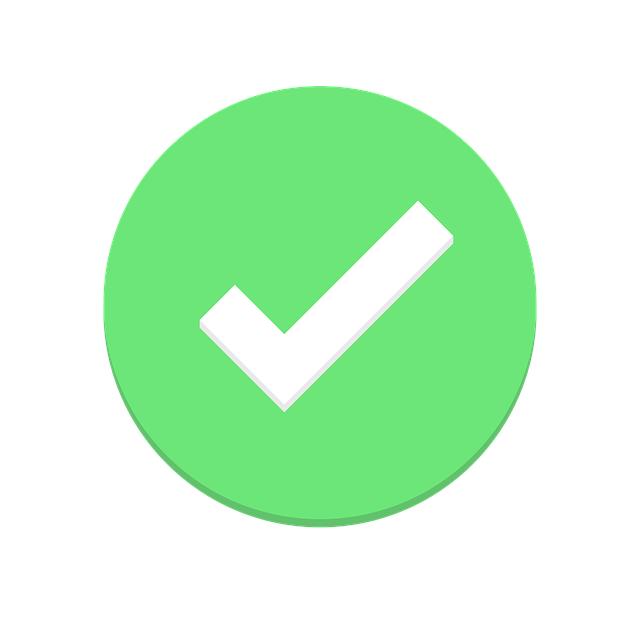- Introduction
- Importance of Plagiarism Checkers
- Top Free Online Plagiarism Checkers
- Tips for Using Plagiarism Checkers Effectively
- Conclusion
- FAQs
Introduction
Academic integrity is a cornerstone of scholarly work, and ensuring originality in writing is crucial for students, researchers, and educators alike. Plagiarism not only undermines the credibility of academic work but can also have serious consequences. Fortunately, numerous online plagiarism checkers are available that can help detect copied content and ensure that your work maintains its integrity. In this guide, we'll explore the importance of using plagiarism checkers, highlight some of the top free tools available, and provide tips for using these tools effectively.
Importance of Plagiarism Checkers
Plagiarism checkers serve as essential tools in maintaining the ethical standards of academic writing. By using these tools, writers can:
- **Ensure Originality**: Before submission, it's important to validate that your work is original and hasn’t inadvertently borrowed too heavily from other sources.
- **Avoid Consequences**: Academic institutions often penalize students and staff for plagiarism, which can range from failing grades to expulsion. By checking your work, you can avoid these potential repercussions.
- **Enhance Learning**: Some plagiarism detection tools also provide insights into writing improvement. They can help you understand areas where you may need to improve citation practices or enhance your writing style.
- **Save Time**: Quickly identifying improperly cited material can save time when revising content before final submissions.

(Image: Pixabay/@TheDigitalArtist)
Top Free Online Plagiarism Checkers
There are many free online tools available that help detect plagiarism. Here we will discuss some of the best options:
1. Grammarly
Grammarly started as a grammar checker but has evolved to include an effective plagiarism checker in its premium version. However, its free version provides brief feedback on writing style and grammar. For those interested in deeper checks, a trial for the premium version can be beneficial.
- **Pros**: Easy to use interface, additional grammar and style checks.
- **Cons**: Advanced features require a paid subscription.

(Image: Pixabay/@FlanellKamerasFilm)
2. Quetext
Quetext offers a limited free service allowing users to check up to a certain number of words at a time. This tool provides color-coded results that simplify identifying problematic text sections. The DeepSearch technology improves detection accuracy.
- **Pros**: User-friendly, color-coded feedback.
- **Cons**: Limited usage for free users, advanced features require Pro subscription.

(Image: Pixabay/@hannahlouise123)
3. Small SEO Tools
This robust plagiarism checker provides users with a straightforward experience to examine their work against countless online sources. Users can upload documents or copy and paste text directly into the site.
- **Pros**: No sign-up necessary, supports multiple languages.
- **Cons**: Lacks the depth of some subscription-based tools.

(Image: Pixabay/@Firmbee)
4. Plagscan
Plagscan provides detailed reports and allows integration with various content management systems. It excels within educational institutions for assessing academic integrity within students’ work.
- **Pros**: Strong institutional support and report generation.
- **Cons**: Requires more setup if integrated into an institution’s system.

(Image: Pixabay/@geralt)
5. DupliChecker
DupliChecker is another simple online tool that allows users to check text for originality. It includes both free and paid versions and provides a quick scan of documents.
- **Pros**: Simple, quick to execute, minimal limitations on free use.
- **Cons**: Less comprehensive than paid solutions.

(Image: Pixabay/@hannahlouise123)
Tips for Using Plagiarism Checkers Effectively
Using plagiarism checkers to their full potential requires understanding how they operate:
1. Always Check Recent Content
Plagiarism checkers pull data from a vast array of sources. Regularly verify your content to ensure it remains fresh and unique.
By running new scans occasionally, even on already submitted work, you can identify potential issues that may have surfaced post-submission and refine your writing process moving forward.

(Image: Pixabay/@janjf93)
2. Understand the Results
When you receive a plagiarism report, take time to analyze the findings properly. Evaluate percentage scores and closely examine each highlighted section. Not all highlighted text indicates plagiarism; it may result from common phrases or quotations.
Understand why certain portions flagged and learn how to better quote and reference these areas to increase your quality of writing.

(Image: Pixabay/@planet_fox)
3. Educate Yourself on Citation Styles
Consistent use of proper citation styles can dramatically reduce the likelihood of unintentional plagiarism. Familiarize yourself with the required formats—MLA, APA, Chicago, etc.—and apply them correctly.
Familiarity with these formats can help differentiate between genuine citations versus plagiarized material, thus reinforcing your credibility as an author.

(Image: Pixabay/@Pexels)
4. Use Multiple Plagiarism Checkers
Single checkers may have different databases and algorithms. To maximize the accuracy of your results, consider running your text through multiple plagiarism detection tools. Each piece of software highlights distinct areas or types of plagiarism that others may miss, giving you more comprehensive insight into your work's integrity.

(Image: Pixabay/@jackmac34)
Conclusion
Maintaining academic integrity is crucial, and utilizing plagiarism checkers plays a vital role in achieving that goal. This guide has provided insight into the importance of plagiarism detection, highlighted user-friendly and effective tools, and offered key tips to enhance your usage of these resources. Remember that the ultimate aim is not just to evade accusations of plagiarism but to cultivate original and authentic writing. Therefore, make plagiarism checking an integral part of your writing process, and you can contribute positively to the academic community while honing your skills.
FAQs
What is plagiarism?
Plagiarism is the act of using someone else’s written work, ideas, or intellectual property without giving proper credit, presenting it as one’s own. It encompasses various forms, including copying text, paraphrasing without acknowledgment, and self-plagiarism.
Why should I use a plagiarism checker?
Using a plagiarism checker helps ensure the originality of your work, prevents accidental academic dishonesty, and enhances your overall writing quality by providing insights into proper citation practices.
Are free plagiarism checkers reliable?
While many free plagiarism checkers can be effective for basic scans, they may lack the depth of analysis and extensive databases found in premium tools. It’s often beneficial to complement free tools with paid services for more comprehensive checks.
How does a plagiarism checker work?
A plagiarism checker typically analyzes a document by comparing it against a vast database of published works and online content. It identifies similarities and gives users a percentage score indicating potential matches, which assists in determining which sections need proper citations or rewriting.
